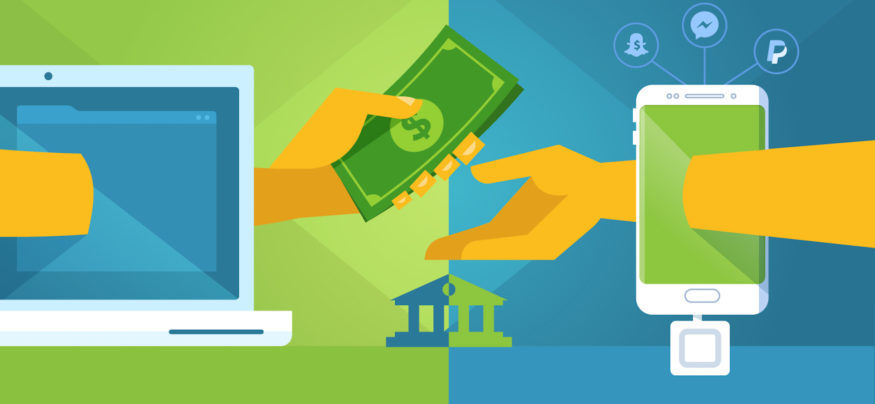Peer-to-peer (P2P) lending isn’t so much about peers anymore. The opportunity to earn eight to 30 percent on loans through financial platforms like Lending Club and Prosper has brought in insurance companies, hedge funds, university endowments, foundations and family offices looking for returns that they can’t get anywhere else. Borrowers using peer-to-peer lending get better rates and faster decisions than banks offer, and lenders get higher returns than they can find on bonds. People often use peer-to-peer loans to consolidate and pay off credit cards or student loans; the savings over credit cards can be several percentage points.
Banks have a difficult time with unsecured personal loans and small business lending; during the financial crisis, many banks cut back on their number of loan officers and now they simply don’t have the personnel or skills to lend small amounts (up to $30,000 for individuals or $300,000 for businesses).
New Solutions Sparked by the P2P Economy
Lending Club, which went public in December 2014, evaluates applicants (who must have a FICO score of at least 660) with its own proprietary software and then provides a rating from A to G for loans that can range from three to five years, with no prepayment penalty.
“Our proprietary technology automates key aspects of our operations, including the borrower application process, data gathering, credit decisioning and scoring, loan funding, investing and servicing, regulatory compliance and fraud detection,” the company said in its SEC 10-K filing.
Many banks refer borrowers to the online marketplaces and also participate in the funding — in effect outsourcing their loan application and approval process to peer-to-peer lenders.
The peer-to-peer lenders don’t have a branch network or entrenched bureaucracies to support so they can offer better terms, and they are lightly regulated — so far — because they don’t hold deposits. Lending Club says its users like the way the system works and have given it a Net Promoter Score above 70, “which places us at the upper end of customer satisfaction ratings for traditional financial service companies.”
A funder can elect to provide the entire loan or take on increments as small as $25, so they can spread risk across multiple loans through small notes. Nick Clements, the co-founder of the money management site MagnifyMoney, recommends investing the $25 minimum across at least 250 notes, and preferably 500, committing $6,250 or (even better) $12,500 to reduce the risk of P2P investing. He also recommends avoiding loans longer than 36 months.
The business has even sparked a robo adviser called LendingRobot, which automates peer lending for individuals for a .45 percent fee. The company says it aims to bring superior returns at low risk by combining cloud technologies with machine-learning algorithms.
Personal and Small Business Lending Goes Mobile
Another recent app to launch is Ledge, which looks something like a combination of Kickstarter, social media and peer-to-peer lending.
The mobile app helps individuals borrow from friends and family through an account on Venmo, the free personal payment app which is now a part of PayPal. Borrowers create a campaign to raise up to $5,000, the interest rate and the length of the loan (up to six months), and invite friends to pledge toward the goal. Once the goal is reached, the pledges are transferred to the borrower’s Venmo account and Ledge handles automatic repayments. The site claims that “with Ledge, there are no complicated payment calculations, and most importantly no awkward conversations about repayment.”
Square, which developed a small card reader that plugs into the headset jack of a smartphone or tablet, uses the transactions it processes to offer loans to businesses based on their cash flow — or card flow. A company borrowing $10,000 would repay $11,000 and the payments would come out of its transactions, so in busy times it repays faster and when business slows, it repays more slowly. PayPal, which also offers a card reader, also offers a similar lending service. Snapcash, from the people who brought us disappearing messages through Snapchat, has a person-to-person payment service that uses Square, and, importantly, transfers your cash rather than simply making it disappear.
Also watch out for Facebook Messenger. David Marcus, formerly of PayPal, has expanded Messenger into a mobile commerce tool that lets merchants communicate with customers, enables customers to buy from businesses and allows users to make payments to friends from within their conversation. It has 800 million monthly users and it’s still in early stages.
Interested in the latest trends in financial services? Read more insights here.








